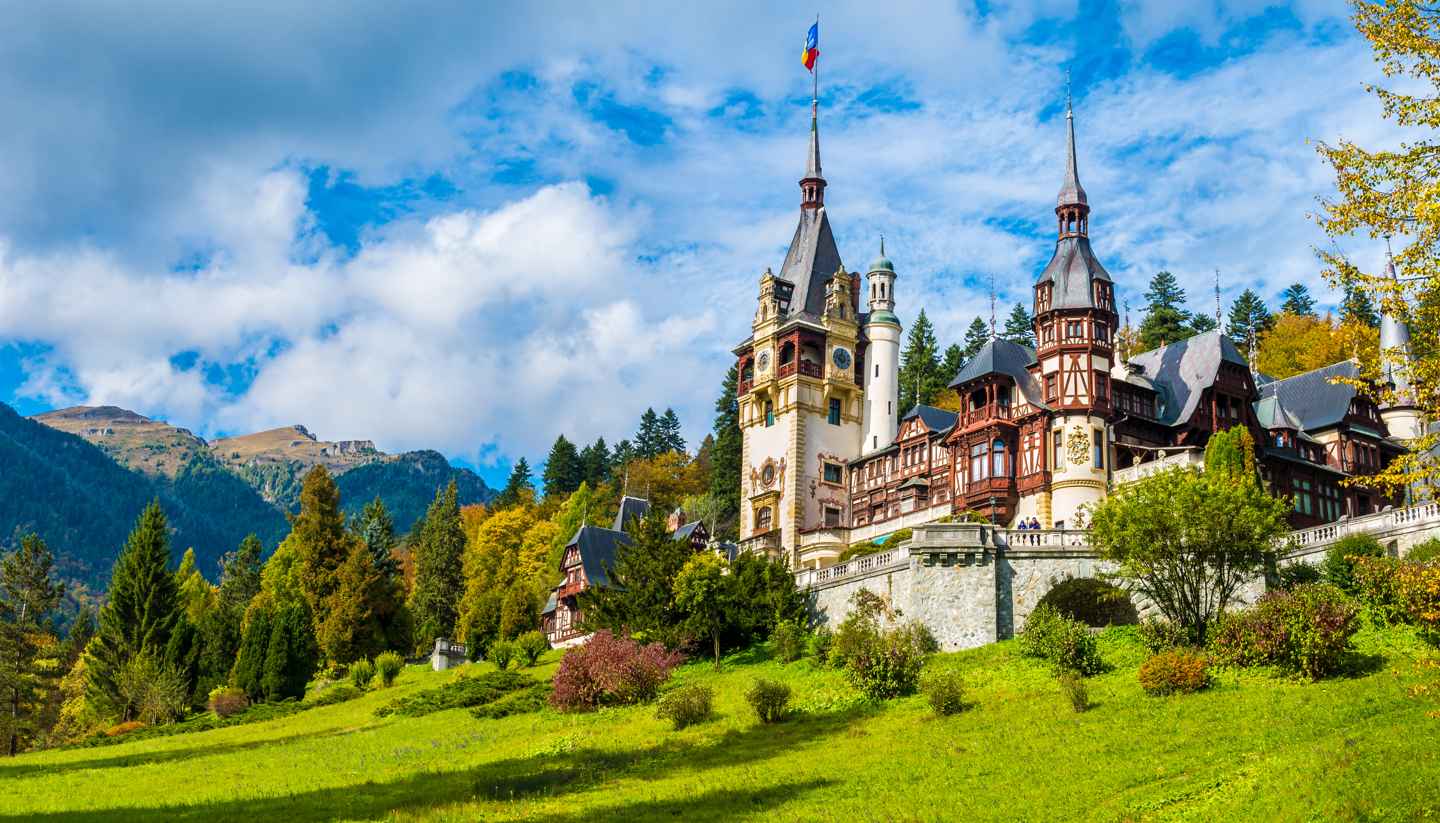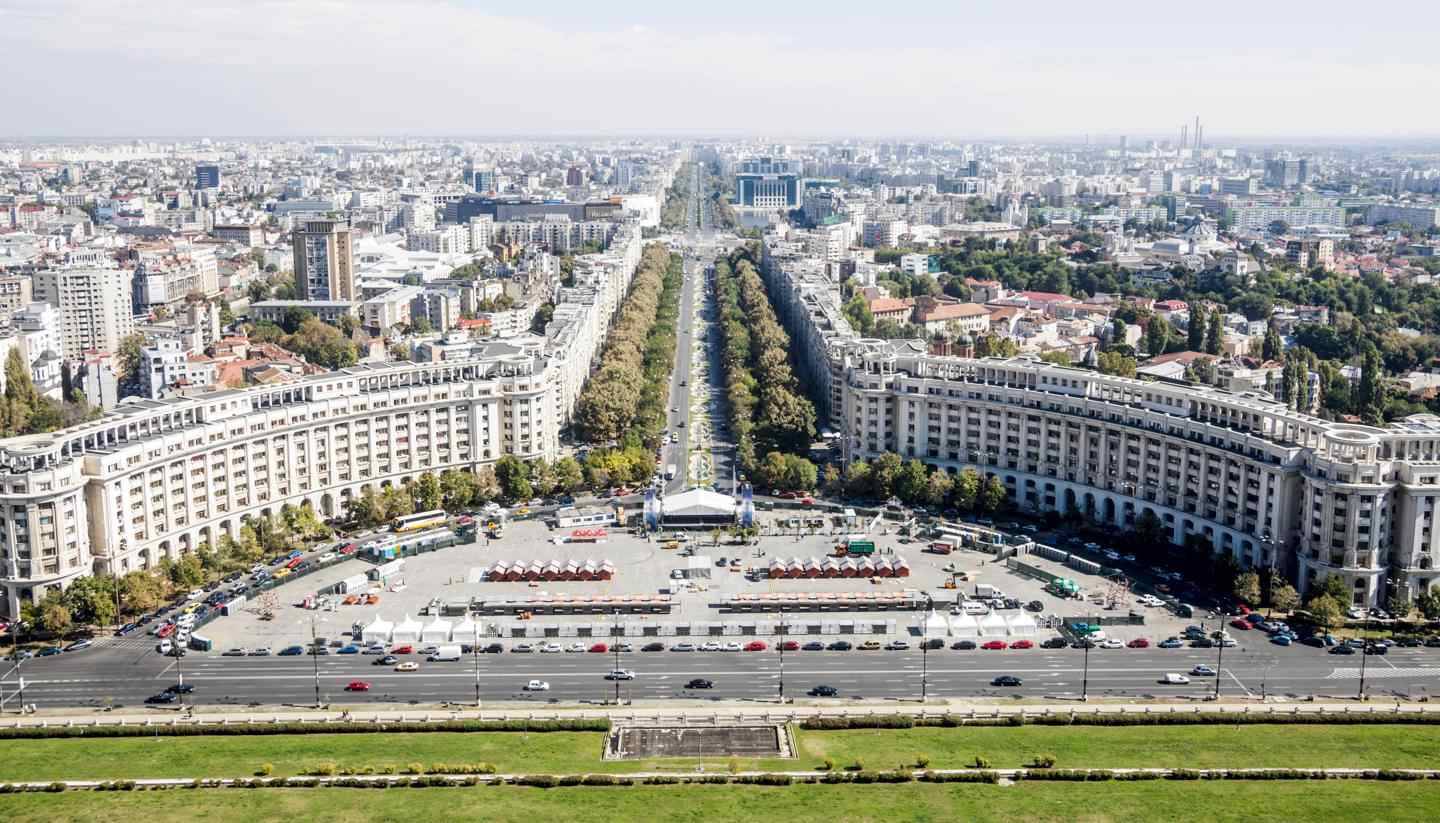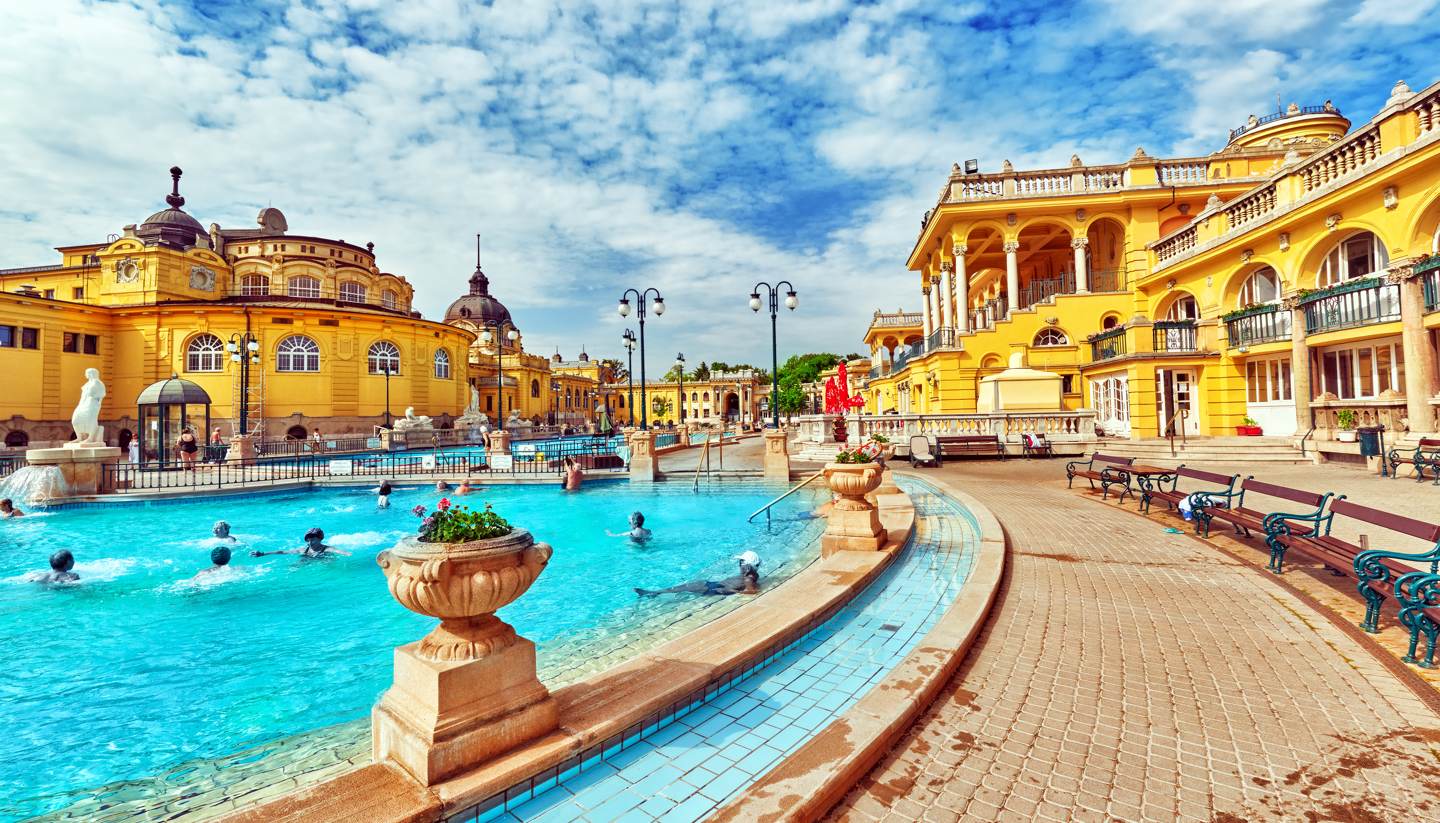Romania Weather, climate and geography
Weather and climate
Best time to visit
Romania is a great year-round tourist destination. The best times to visit in terms of climate are the end of April to the beginning of July and from end of August to the end of October as temperatures are mild and pleasant. Summers can be hot especially in Southern Romania, including Bucharest, but along the Black Sea Coast, sea breezes offer moderate temperatures. Winters are coldest in the Carpathian Mountains where there is snow from December through to April. Snow also falls throughout most of the country during winter.
The ski season in Romania runs from December to March, although high resorts such as Stana de Vale often remain open until late April. Prices are cheaper at the beginning and the end of the season, with Christmas often the busiest time.
On the Black Sea Coast, tourism reaches its height between June and August and temperatures during the summer months can reach a sizzling 40°C. Look for deals in May and September, when the weather is still balmy but the season isn’t yet in full swing.
Other seasonal activities include bird-watching (from mid-April to mid-May in the Danube Delta) and wine-tasting, which focuses around a series of festivals in September and October.
Required clothing
Lightweights are worn in summer on the coast and in low inland areas. Warmer clothes are needed in winter and throughout the year in the uplands. Rainwear is recommended throughout the year.
Geography
Romania is bordered by Moldova and Ukraine to the north and northeast; the Black Sea to the east; Bulgariato the south; and Serbia and Hungary to the west. The country is divided into 41 counties, but essentially there are four geographical regions with decidedly different characters; Transylvania, Moldova, Dobrogea and Muntenia.
Transylvania and Moldova comprise the northern half of the country and are characterised by Alpine massifs and dense forests. The Carpathian Mountains run along the border of these two regions and are made up of 14 mountain ranges above 2,000m (6,560ft) with Moldoveanu Peak at 2,544m (8,300ft) the highest point.
The terrain around here is a mix of extinct volcanic cones, lunar plains, thick forests and glacial lakes – perfect for hiking, cycling and adrenaline sports.
Muntenia, also known as Wallachia, lies south of the Carpathians and is home to the capital Bucharest. A relatively flat province, its border with Bulgaria is defined by the River Danube. In the southeast lies Dobrogea, which is home to the Danube Delta. The best-preserved delta in Europe, it is a haven for wildlife and has been declared a biosphere reserve and biodiversity World Heritage Site by UNESCO.
The Dobrogea region boasts nearly 200 km (120 miles) of Black Sea coastline, incorporating the port of Constanta and the Danube Delta. Romania’s other major rivers include the Olt, the Siret and the Mures.




